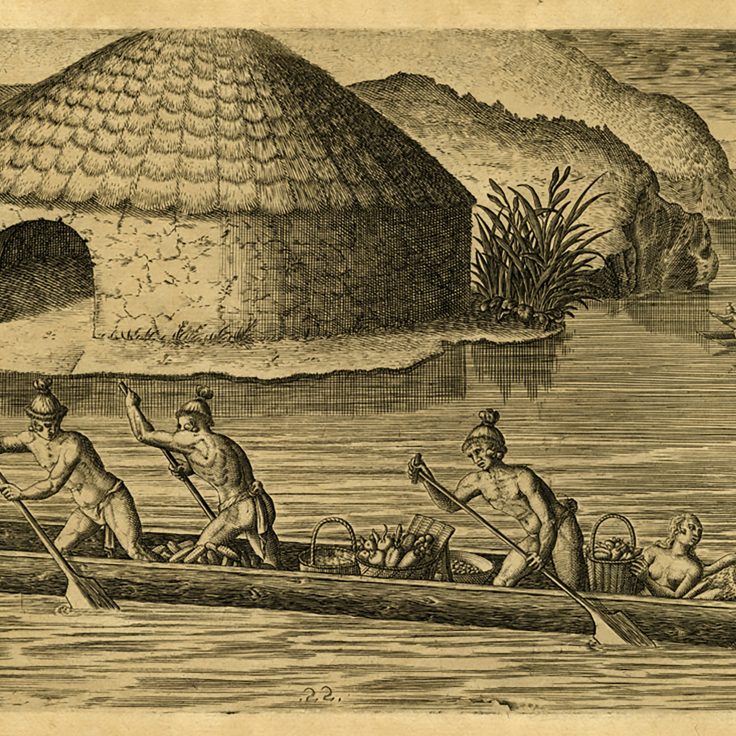
Kevin Knudson, professor of mathematics
Pop Quiz
Grab a pencil and put on your math hat
Question 1
A dog park is a square field a meters on a side. Four dogs are standing on each of the four corners. At the same instant, all four dogs begin to chase the dog which is simultaneously departing from the corner to their left. What distance does each dog run before they all collide in the center?
(a) a2 meters (b) a meters (c) a√2 meters
Question 2
Find the area of the octagon shown below.
(a) 25 (b) 12 + 13√3 (c) 13 + 12√2
Question 3
Person A has six fair coins, and Person B has five fair coins. Both players flip all their coins, and Person A wins only if he or she flips more heads than Person B; otherwise B wins. What is the probability that A wins?
(a) 1/2 (b) 1/4 (c) 1/64
Question 4
Find the exact value of
SOLUTIONS
Question 1.
It is possible to solve this using calculus to see that the path taken by each dog, in polar coordinates, is given by r = aexp(-θ). Integrating this from 0 to infinity yields answer (b) a meters. A more intuitive answer is given by reasoning as follows. Attach a video camera to one dog’s head. The dog it is chasing will always appear in the center of the frame and get closer over time. But this film cannot be distinguished from another film, namely the one where the dog being pursued simply stands still in its corner while the chaser runs toward it. The distance traveled is thus a meters.
Question 2.
Simple geometry, using properties of the missing right triangles on the four corners, shows that the answer is (c) 13 + 12√2
Question 3.
The answer is (a) 1/2. To see this, imagine that A and B each toss 5 coins. There is a certain probability p that A is ahead and by symmetry the same probability p that B is ahead. So the probability they are tied after 5 tosses is 1-2p. Thus the probability that A wins is the sum of the probability that A is ahead after 5 tosses plus the probability that they are tied after 5 tosses and A wins on the 6th toss:
p + ½(1-2p) = 1/2.
Bonus.
If we call the answer L, then we must have the equation L2 = 3 + L. Solving this for L, we get
L = (1+√13)/2


